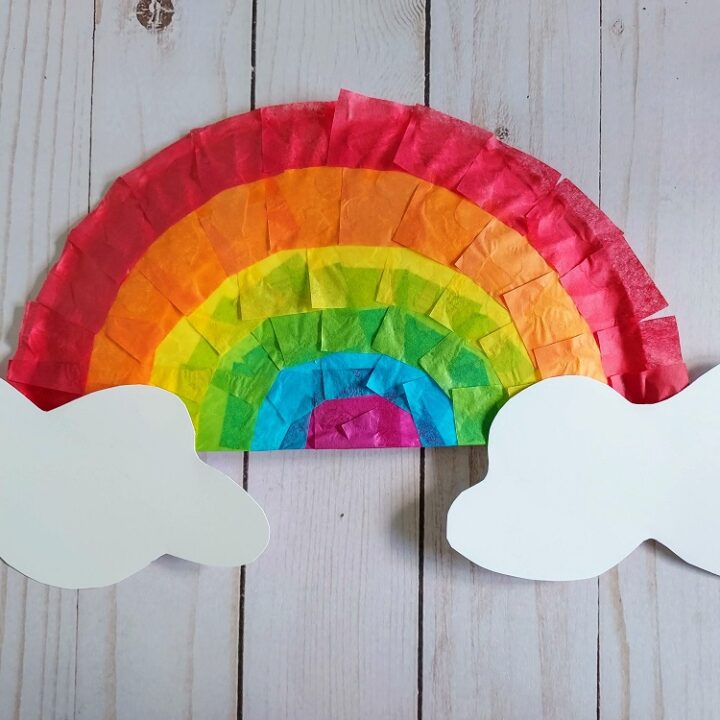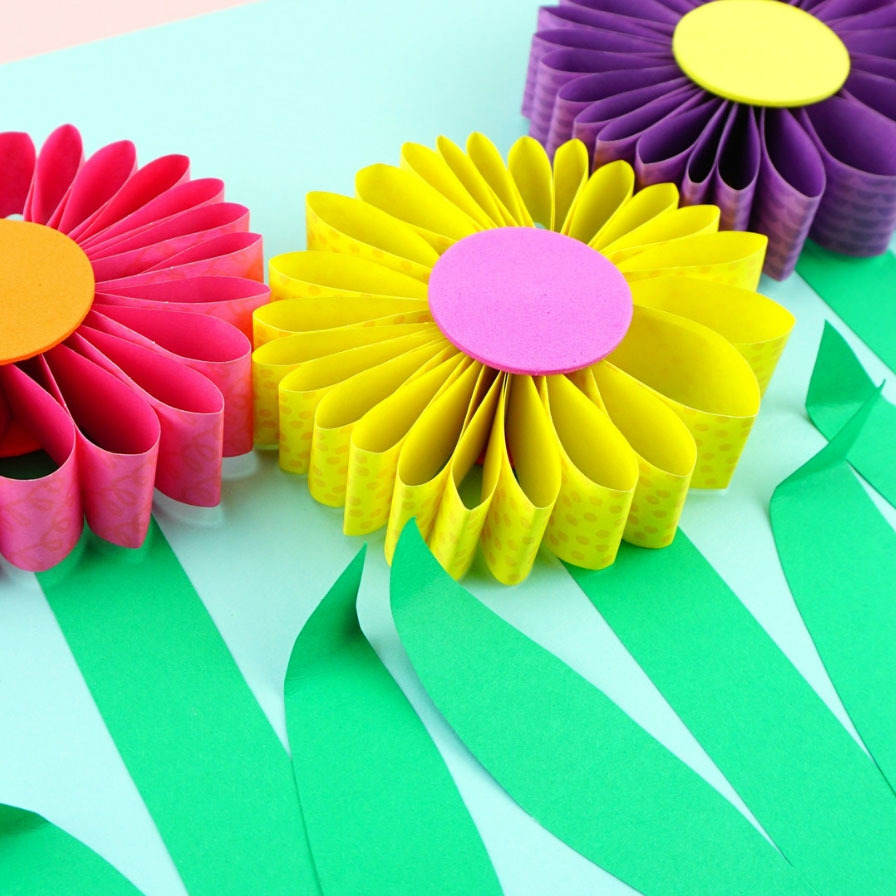Inspiration and Materials
Finding the right inspiration for paper crafts ideas can turn simple paper into stunning creations. Start by browsing art books, nature, or even Pinterest for eye-catching designs and patterns that spark your creativity. Remember, the beauty of paper crafting lies in its versatility and the personal touch you can add to each project.
Choosing the Right Paper for Your Craft
The paper you choose is the foundation of your craft. Consider the project’s purpose. For greeting cards, a thick cardstock works well. For origami, lighter, flexible paper is best. Think about the texture too. A smooth finish suits intricate work, while a rougher texture can add a unique touch to more rustic crafts.
- Cardstock is ideal for sturdiness in projects like custom greeting cards.
- Tissue paper works for lighter crafts and offers a translucent look.
- Watercolor paper is great when adding a painted effect.
- Recycled paper brings an eco-friendly element and unique texture.
Match paper weight to the demands of the technique. Heavier paper holds shape for 3D crafts, while lighter paper suits delicate, fine work.
Essential Tools for Paper Crafting
Good tools make paper crafting easier and more precise. Start with these essentials:
- A sharp pair of scissors for clean cuts.
- A craft knife for detailed and intricate shapes.
- Cutting mats to protect your work surface.
- Rulers and measuring tapes for accuracy.
- Adhesives like glue sticks, double-sided tape, and liquid glue fit for paper use.
- Bone folders for crisp folds in origami and card-making.
Every craftsperson has their own set of favorite tools. As you delve into paper crafts, you’ll find which tools work best for your particular style and projects.
Beginner-Friendly Paper Crafts
Embarking on the journey of paper crafting can be both thrilling and a bit daunting for novices. To ensure a delightful beginning, there are paper crafts ideas perfectly suited for those just starting out. These beginner-friendly activities pave the way to greater skills and confidence.
Simple Origami Projects
Origami, the Japanese art of paper folding, makes for an excellent starting point. Newcomers can enjoy crafting shapes ranging from the classic paper crane to easy floral designs. Here’s how to begin:
- Start with square pieces of origami paper, which often come in vibrant colors and patterns.
- Follow step-by-step guides or video tutorials to learn the essential folds.
- Practice with straightforward designs like a paper boat or a heart.
This form of paper crafting enhances fine motor skills and requires minimal tools—a pack of paper and your hands!
Creating Custom Greeting Cards
Creating greeting cards offers a personal touch and introduces crafters to basic paper craft techniques. Here’s a simple way to make your own cards:
- Select cardstock as your base for durability and a high-quality feel.
- Fold the cardstock in half to create your card’s structure.
- Decorate with cutouts, stamps, or drawings to personalize the card.
- Add a heartfelt message inside to complete your creation.
Greeting card crafting also allows for experimentation with textures and layering, giving each card its character and style.
Papercraft Techniques and Tips
As you grow in your paper crafting journey, developing your skills is crucial. Mastering various papercraft techniques can transform simple projects into masterpieces. Here are some tips to enhance your paper crafts ideas.
Mastering the Art of Quilling
Quilling, or paper filigree, involves rolling slender strips of paper and shaping them into intricate designs. To start quilling:
- Choose a quilling tool to tightly coil your paper strips.
- Use tweezers for placing and adjusting coils on your work surface.
- Apply small dots of glue to secure your shapes in place.
- Begin with basic shapes like circles and teardrops before moving on to complex patterns.
Quilling can grace everything from picture frames to greeting cards, offering elegance and intricacy.
Exploring Pulp
Pulp is a method using torn paper strips soaked in glue or paste. To explore pulp, follow these steps:
- Create a paste from equal parts of flour and water or use ready-made glue.
- Dip newspaper or light paper strips into the paste, removing excess.
- Layer the strips over a mold or balloon, letting each layer dry.
- Once dry, paint or decorate to bring your creation to life.
Pulp is ideal for creating 3D objects, festive masks, or even large sculptures. With these techniques, your paper crafts can reach new heights of creativity and complexity. As you master these skills, remember to keep experimenting and having fun with your paper crafts ideas.
Eco-Friendly Paper Crafts
Eco-friendly paper crafts ideas are a great way to reduce waste while creating beautiful artifacts. They align perfectly with the growing emphasis on sustainability in crafting. By reusing and repurposing paper materials, crafters can minimize their environmental footprint and give a second life to paper items.
Recycling and Upcycling Paper Materials
To start with eco-friendly crafting, look around your home for paper goods that you can recycle. Magazines, old books, and junk mail can transform into stunning paper crafts. Here’s how to recycle and upcycle:
- Collect paper items that are no longer in use.
- Clean and sort them by type and color for better organization.
- Cut them into strips or shapes for your projects.
- Be creative—turn old maps into picture backgrounds or use book pages for decoupage.
By upcycling, you not only create unique crafts but also help reduce waste.
Handmade Paper Making at Home
Making paper by hand is a fulfilling way to craft while recycling. Handmade paper has a distinct texture and rustic charm. To make paper at home:
- Tear recycled paper into small pieces and soak them in water.
- Blend the mixture to create a pulp.
- Spread the pulp on a screen to dry and form sheets.
- Press and remove excess water, then let the paper dry.
Handmade paper can be used for greeting cards, journals, or wrapping gifts. Not only does it look unique, but it also contributes to eco-friendly practices in paper crafts ideas.
Seasonal Paper Crafts
Embracing the seasons with paper crafts ideas adds a timely flair to your creations. Whether it’s spring flowers, summer sunshine motifs, autumn leaves, or winter snowflakes, these projects highlight the beauty of each season.
Festive Decorations for the Holidays
Holidays come alive with handmade paper decorations. Here are some ideas to get started:
- Craft paper wreaths for doors or walls.
- Make paper ornaments to hang on your tree.
- Create advent calendars with paper pockets.
- Design festive garlands with holiday shapes.
Using cardstock and recycled paper, such decorations can be both durable and eco-friendly. Adding glitter, paint, or ribbon can give them an extra festive touch.
Themed Paper Crafts for Special Occasions
Special occasions call for tailored paper crafts. Birthdays, anniversaries, and other celebrations can all be enhanced with themed paper crafts. Here’s how:
- Design party invitations with paper cut-outs.
- Create personalized table place cards.
- Make gift boxes or bags with decorative paper.
- Craft paper centerpieces to match the theme of your event.
Using the right paper for these projects is essential. A heavier cardstock can give structure to boxes and cards, while tissue paper is perfect for delicate decorations. With these paper crafts ideas, any occasion can feel more personalized and heartfelt.
Advanced Paper Craft Projects
For those ready to challenge themselves, advanced paper crafts ideas offer a chance to delve deeper into the craft. These projects require patience, precision, and a willingness to experiment with complex techniques.
Constructing Paper Sculptures
Creating paper sculptures pushes the boundaries of what paper can become. Begin with a design or template for guidance. Use cardstock for its durability and ability to maintain shape. Carefully cut and fold the paper, following your template to assemble the sculpture. You might use adhesives or supports to hold pieces in place.
- Select heavyweight cardstock for structural integrity.
- Use a template to guide your cutting and folding.
- Employ sturdy adhesives for long-lasting sculptures.
These stunning 3D creations can represent anything from abstract forms to realistic figures.
Intricate Cutting and Layering Techniques
For paper crafts that truly stand out, honing intricate cutting and layering skills is vital. Detailed cutting creates delicate patterns and textures. Layering adds depth and dimension to your work.
- Practice with a craft knife to achieve precise cuts.
- Layer paper pieces to construct detailed scenes or images.
- Incorporate different paper textures for visual interest.
Combine various paper crafts ideas, like quilling or origami, with cutting and layering for even more elaborate projects. With enough practice, the results can be breathtaking.
Sharing Your Creations
Once you’ve spent time crafting with paper, it’s natural to want to share your creations. Sharing not only showcases your work but also connects you with like-minded individuals, offering feedback, inspiration, and new friendships.
Joining Paper Craft Communities
Joining a paper crafts community can be a rewarding experience. Here are some steps to get involved:
- Look for online forums and social media groups focused on paper crafts ideas.
- Attend local craft fairs or meet-ups to connect with others in person.
- Share photos of your projects and seek advice from fellow enthusiasts.
By engaging with a community, you gain access to a wealth of knowledge and get to be part of a supportive network.
Hosting a Paper Craft Workshop
If you’re passionate about teaching, consider hosting a workshop. Here’s how you can start:
- Decide on a project suitable for a group, catering to various skill levels.
- Gather all necessary materials and tools, ensuring you have enough for participants.
- Find a venue, like a local community center or your home, and set a date.
- Promote your workshop through social media, crafting groups, or flyers.
Workshops not only teach skills but also foster a sense of community. They are perfect for sharing paper crafts ideas and having hands-on fun. Use these opportunities to spread the joy of paper crafting and perhaps even inspire others to start their own creative journey.


